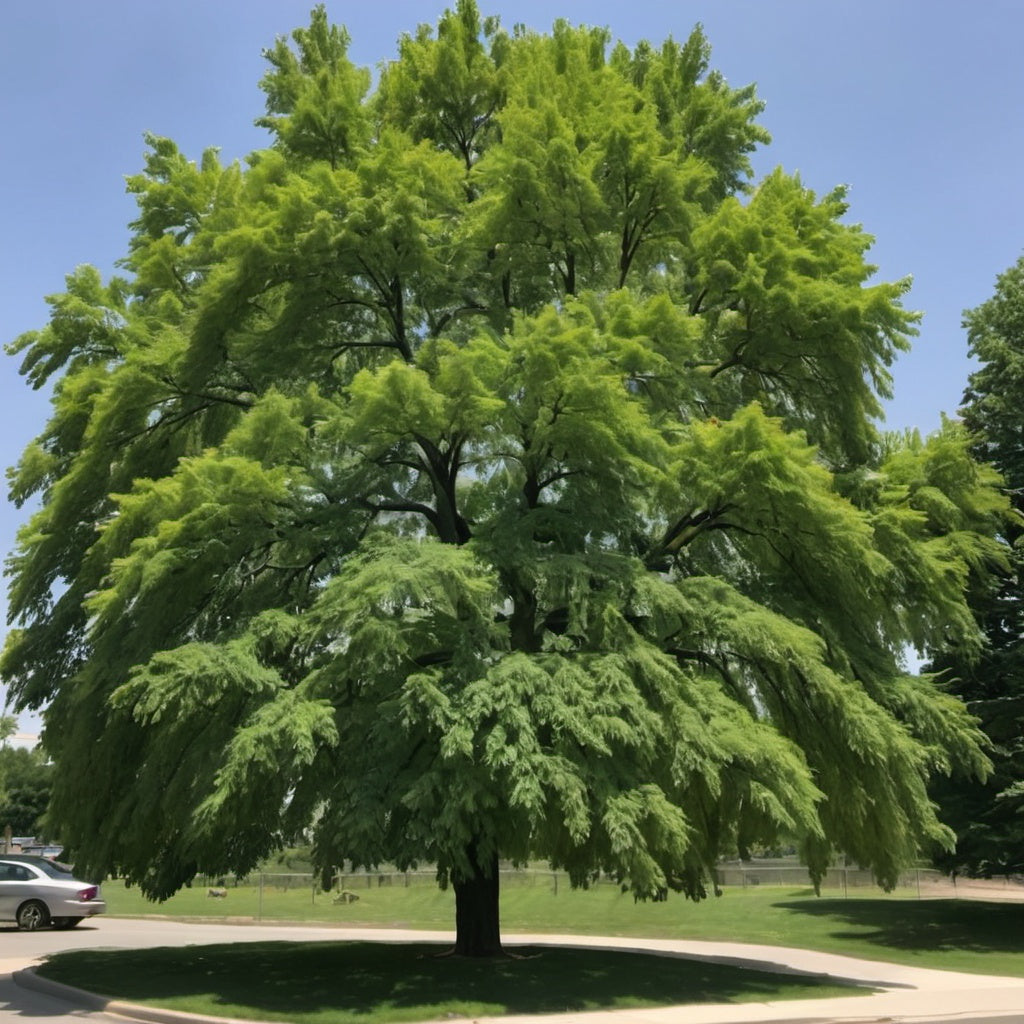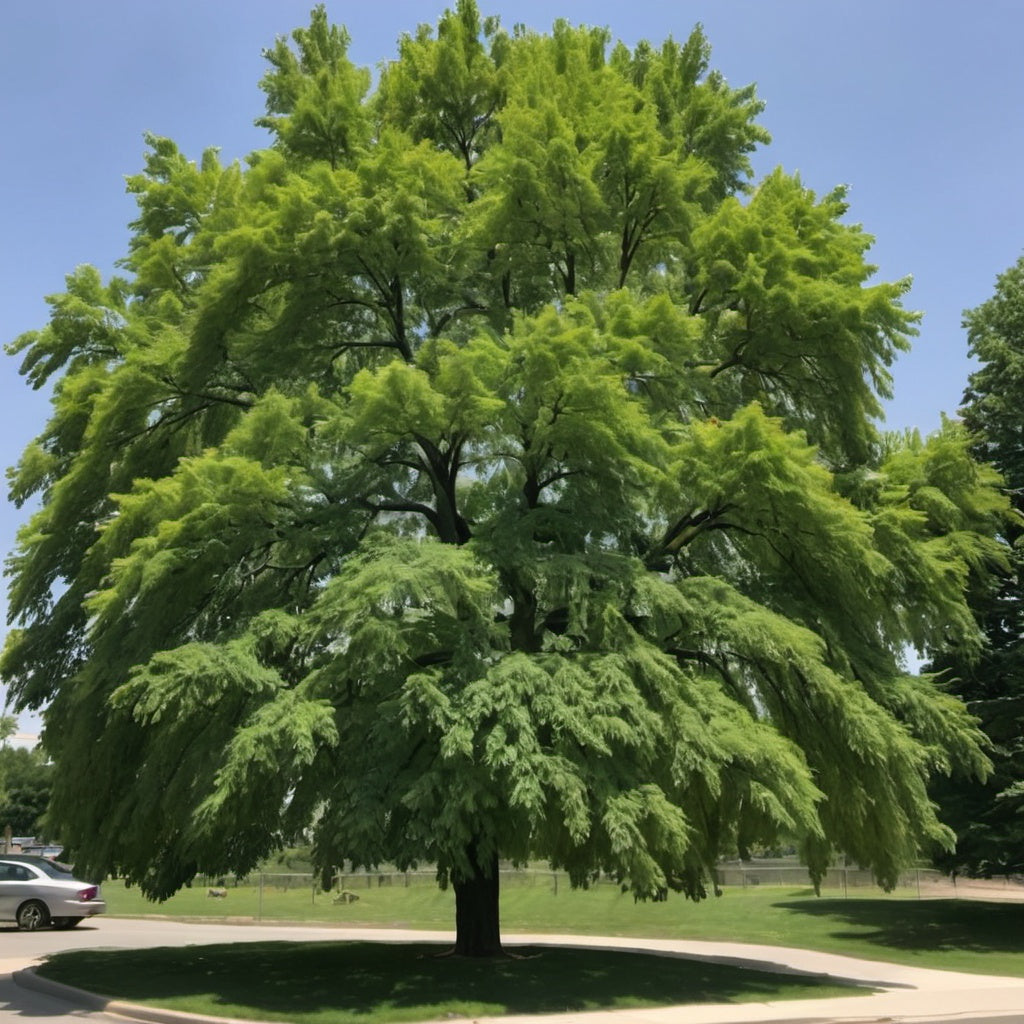Siberian Elm Tree Seeds
Siberian Elm Tree Seeds
Couldn't load pickup availability
Siberian Elm Tree Seeds
(Ulmus pumila)
Ulmus pumila, commonly known as the Siberian Elm, is a deciduous tree native to eastern Siberia, northern China, and Mongolia. It is widely planted in various parts of the world, particularly in North America and Europe, due to its fast growth and resistance to harsh climates.
Key Characteristics:
- Height: Typically grows 50-70 feet (15-21 meters) tall, but can reach up to 100 feet (30 meters) under optimal conditions.
- Leaves: Small, simple, elliptical leaves with serrated edges, about 1-3 inches long. They turn yellow in autumn before falling.
- Bark: The bark is grayish-brown with deep fissures in mature trees.
- Flowers: It produces small, inconspicuous greenish flowers in the early spring, usually before the leaves emerge.
- Seeds: The tree produces winged seeds (samaras) that are dispersed by the wind.
Ecological Impact:
Siberian Elm is drought-resistant and tolerant of poor soil conditions, which has contributed to its popularity in landscaping and urban planting. However, in some regions, especially in the U.S., it is considered an invasive species. It can aggressively spread, outcompeting native species and altering ecosystems.
Uses:
- Windbreaks: Often planted in rows to serve as windbreaks in agricultural settings.
- Erosion Control: Its rapid growth and tolerance to poor conditions make it effective for preventing soil erosion.
- Ornamental: Sometimes planted in parks and gardens for shade, though its invasive nature has limited its use in some areas.
Zones: 4 to 9
Germination Range: 60-80%
Stratification Requirement: Seed does not require pre-treatment.
Planting Instructions:
Prepare a planting tray or pots filled with well-draining soil, preferably a mix of loam and seed starting soil. Sow the seeds on the surface of the soil and lightly press them down, as Siberian elm seeds need light to germinate. Water gently to moisten the soil, but avoid overwatering to prevent rot. Keep the soil consistently moist and place the pots in a location that receives bright, indirect sunlight.
Germination typically occurs within 1-2 weeks. Once the seedlings reach a height of about 2-3 inches, they can be transplanted into larger pots or directly into the ground if outdoor conditions are suitable. Ensure that the location has well-drained soil and receives full sunlight. Regular watering during the first few months of growth is crucial for establishing a strong root system, after which the tree becomes more drought-tolerant. Mulching around the base of the seedlings can help retain moisture and suppress weeds.
Share


